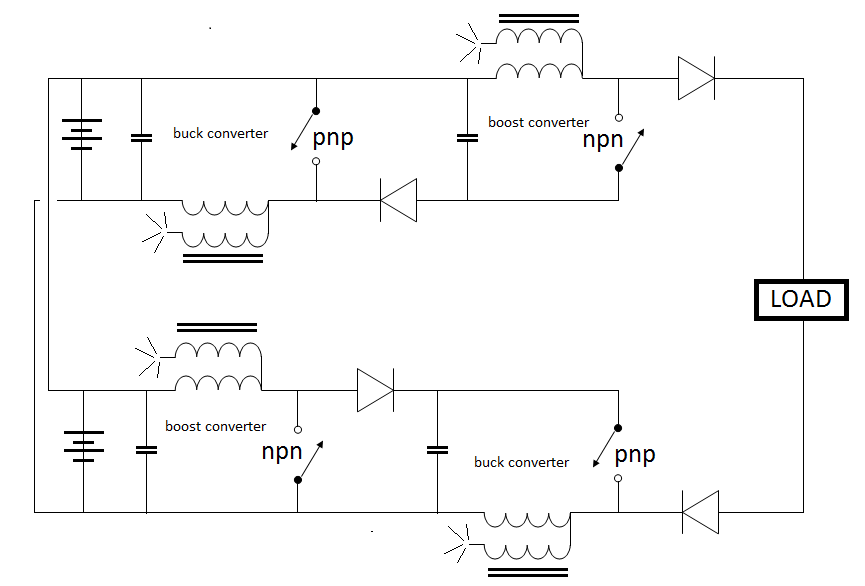My main purpose for making these gifs is to show the polarity reversal of the collapsing magnetic field.
Pos pulse neg return - neg bemf
Neg pulse pos return - pos bemf
This indicates ionization to a certain degree is taking place.
BIG CLUE
Pos pulse neg return - neg bemf
Neg pulse pos return - pos bemf
This indicates ionization to a certain degree is taking place.
BIG CLUE




 I am out of air just looking at them all.
I am out of air just looking at them all.


 however the historical data is present in the record.
however the historical data is present in the record.
Comment